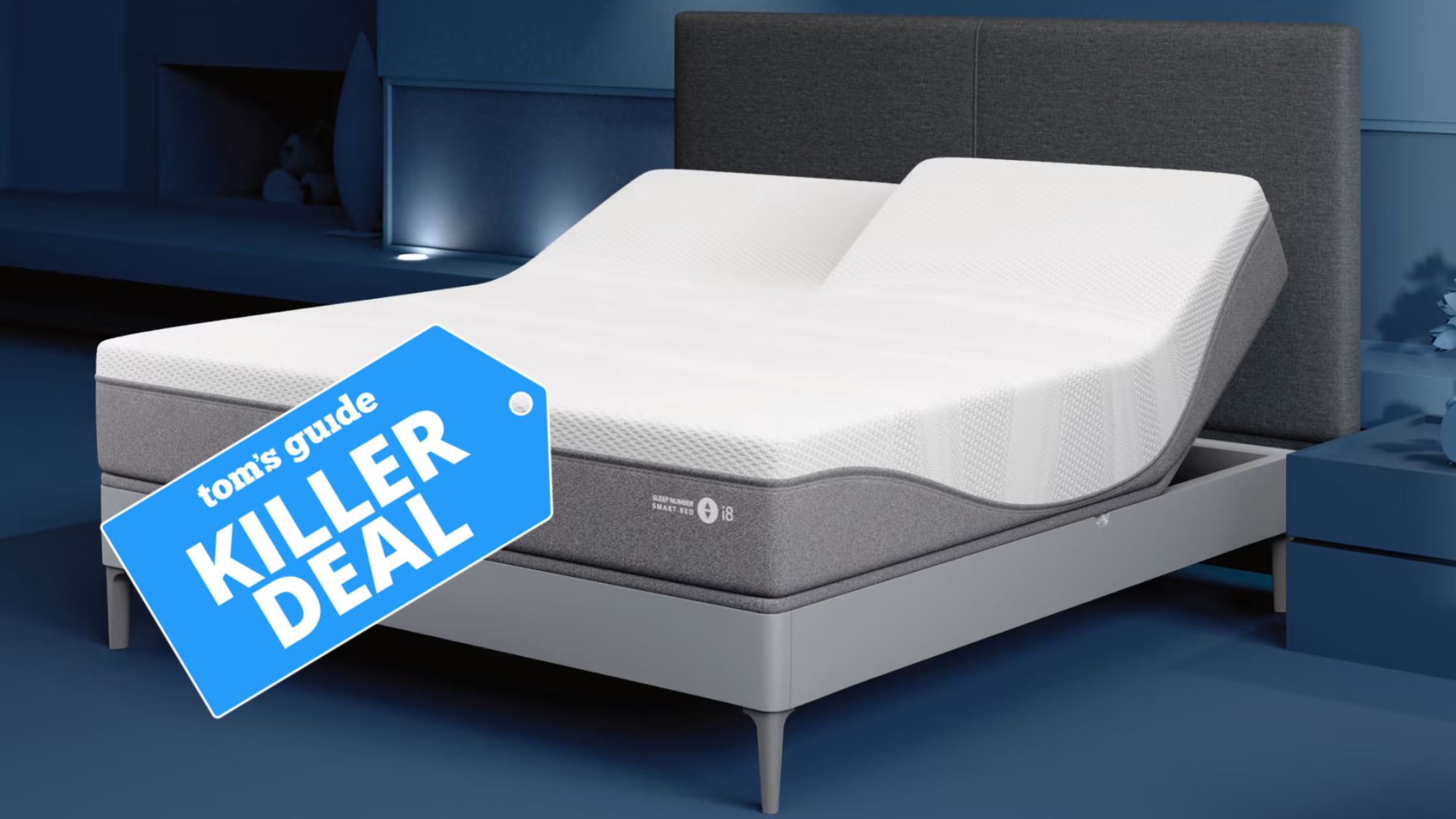How to buy a cheap mattress and get it right — 5 expert tips
Shopping for a cheap mattress? Here's what to look for
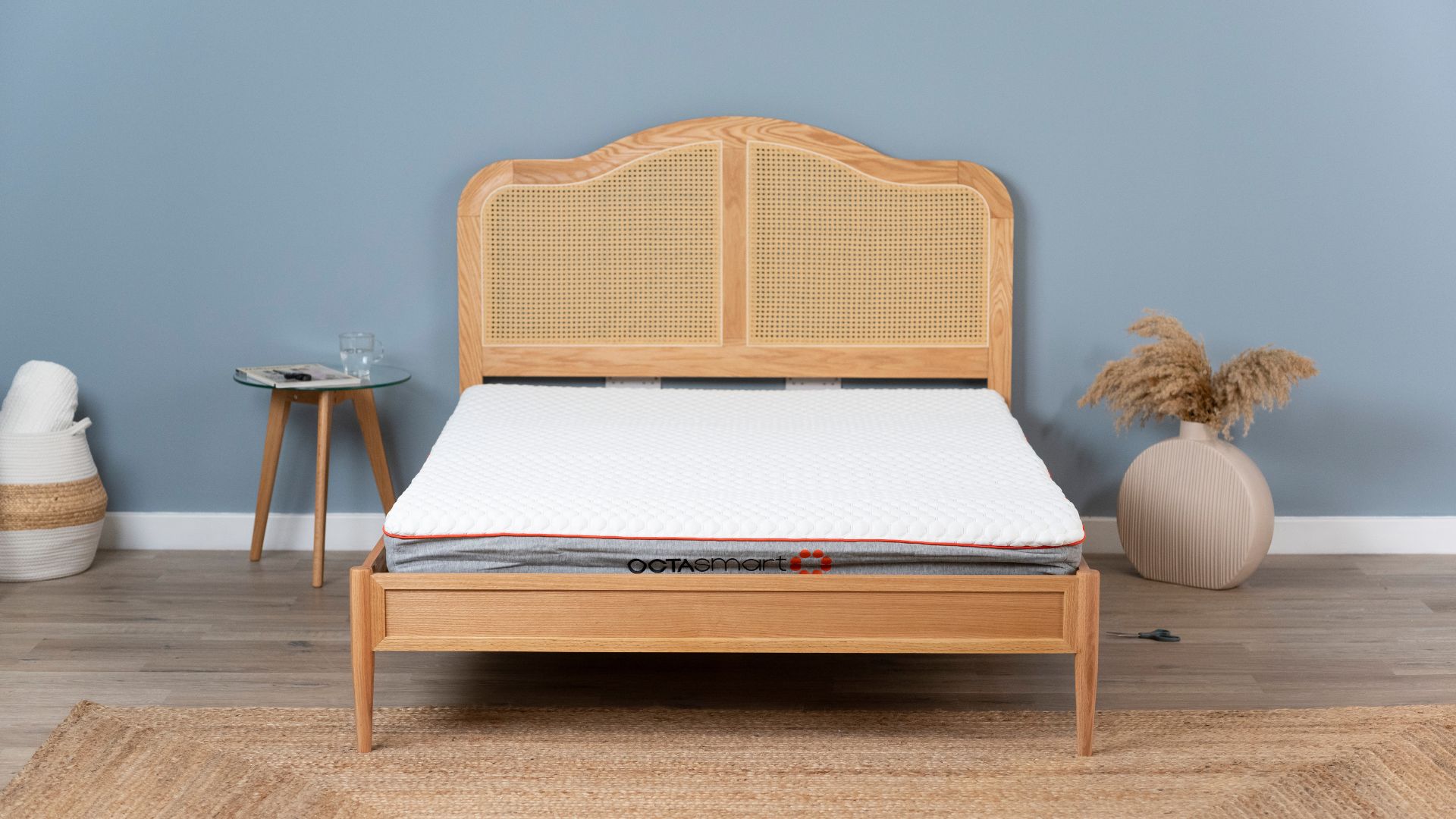
Investing in a new mattress doesn’t always mean emptying your bank account. In fact, we've tested some great budget beds that deliver a comfy night’s sleep at a fraction of the price of this year's best mattresses for all sleepers.
But with so many cheap mattresses to choose from, finding the right one can feel a little confusing, especially if it's made by a brand you haven't heard of. To help you avoid wasting your money on a dud, we've put together this handy list of the key things to look for when buying a cheaper mattress (for us, that's $500 or under for a queen).
The good news is that there are plenty of good-quality cheap mattresses from reputable brands thanks to frequent mattress sales. Here's how to buy the best cheap mattress for your money and not get stung...
How much do budget mattresses cost?
A budget mattress is simply one designed to be affordable. Of course, what is budget to some may be expensive to others, but at Tom's Guide we think of an affordable mattress as anything costing $400 or under for a queen.
On average, cheap mattresses usually start at around $100-$199 for a twin, and around $300-$400 for a queen. We've seen them sell for much less in major mattress sales though, such as the Presidents' Day mattress sales, Memorial Day mattress sales, Labor Day mattress sales and Black Friday mattress deals.
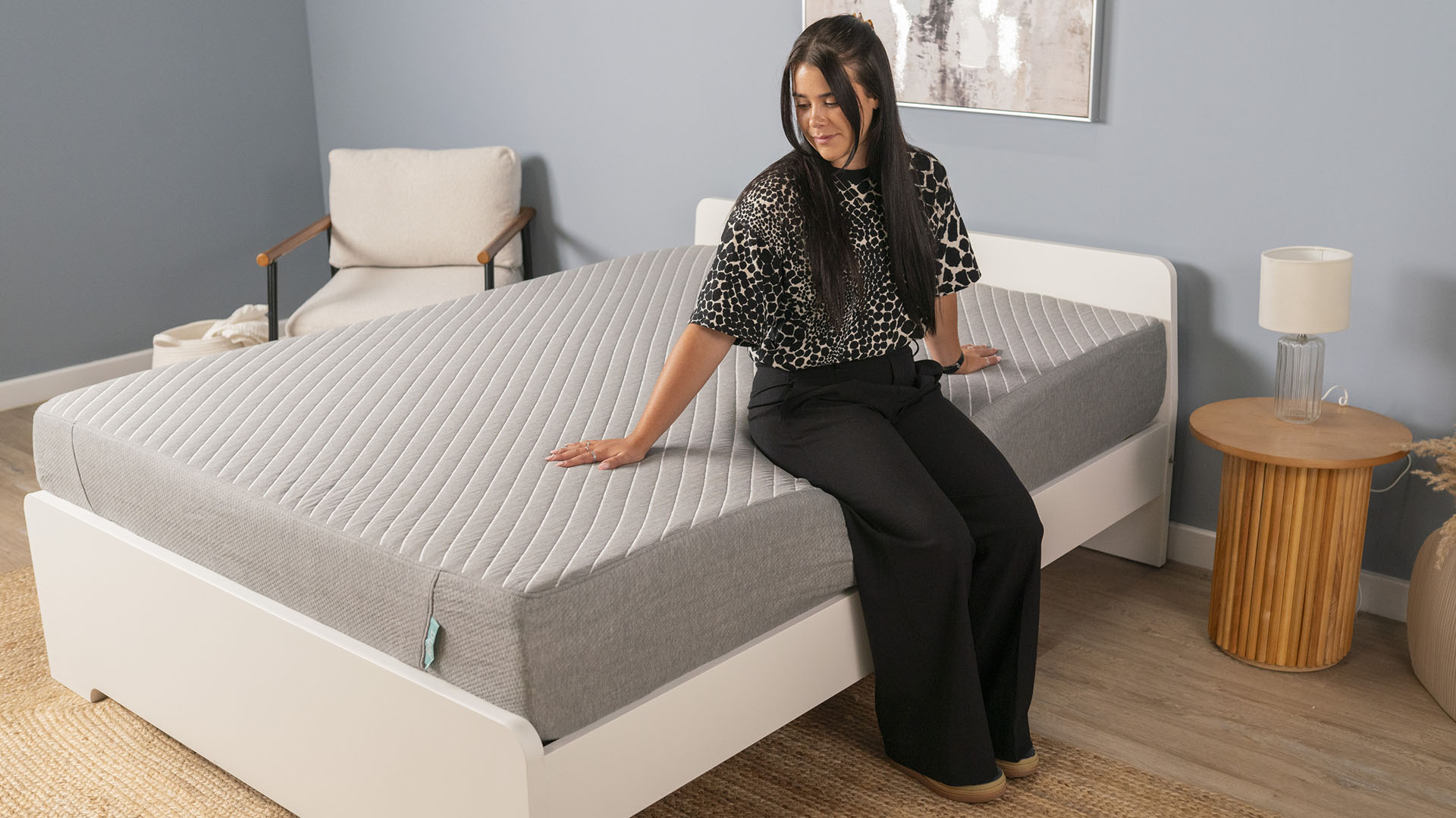
What makes them budget comes down to using less expensive materials. That's why a lot of budget mattresses tend to be all-foam, and won’t necessarily have things like gel-infused foam or responsive comfort foam as seen in higher-end mattresses.
One of the key things to do before you start shopping is to decide what you can and can’t compromise on. For example, if you have back pain and need a firmer mattress, then you can’t compromise on the tension. Likewise, if you sleep hot, staying away from all-foam beds is a must.
Sign up to get the BEST of Tom's Guide direct to your inbox.
Get instant access to breaking news, the hottest reviews, great deals and helpful tips.
How to buy a budget mattress – 5 key things to look for
1. Temperature regulation

Temperature control is how well a mattress can regulate the surface temperature. Most use breathable materials to enable allow the mattress to breath and for air to circulate. This could be a breathable top cover that also wicks away moisture, or in terms of all-memory foam mattresses they may have a layer or two of cooling foam. Innersprings and the best hybrid mattresses all use a layer of coiled springs, within and around which air flows better.
If your mattress doesn’t have any temperature control you’re going to be in for some uncomfortable nights' sleep. Overheating in bed too can impact your sleep cycles, making it more difficult to fall asleep and stay asleep. Sweating a lot overnight can also cause dehydration as you’re going to lose fluids, which in turn can cause fatigue, headaches and dizziness. For the very best temperature control, you'd need a proper cooling mattress but they cost in the range of $1,999 for a queen.
2. Pressure relief
Whatever your budget, if you’re going to get a good nights sleep you must have a mattress that offers your adequate pressure relief for your body weight and sleeping position.
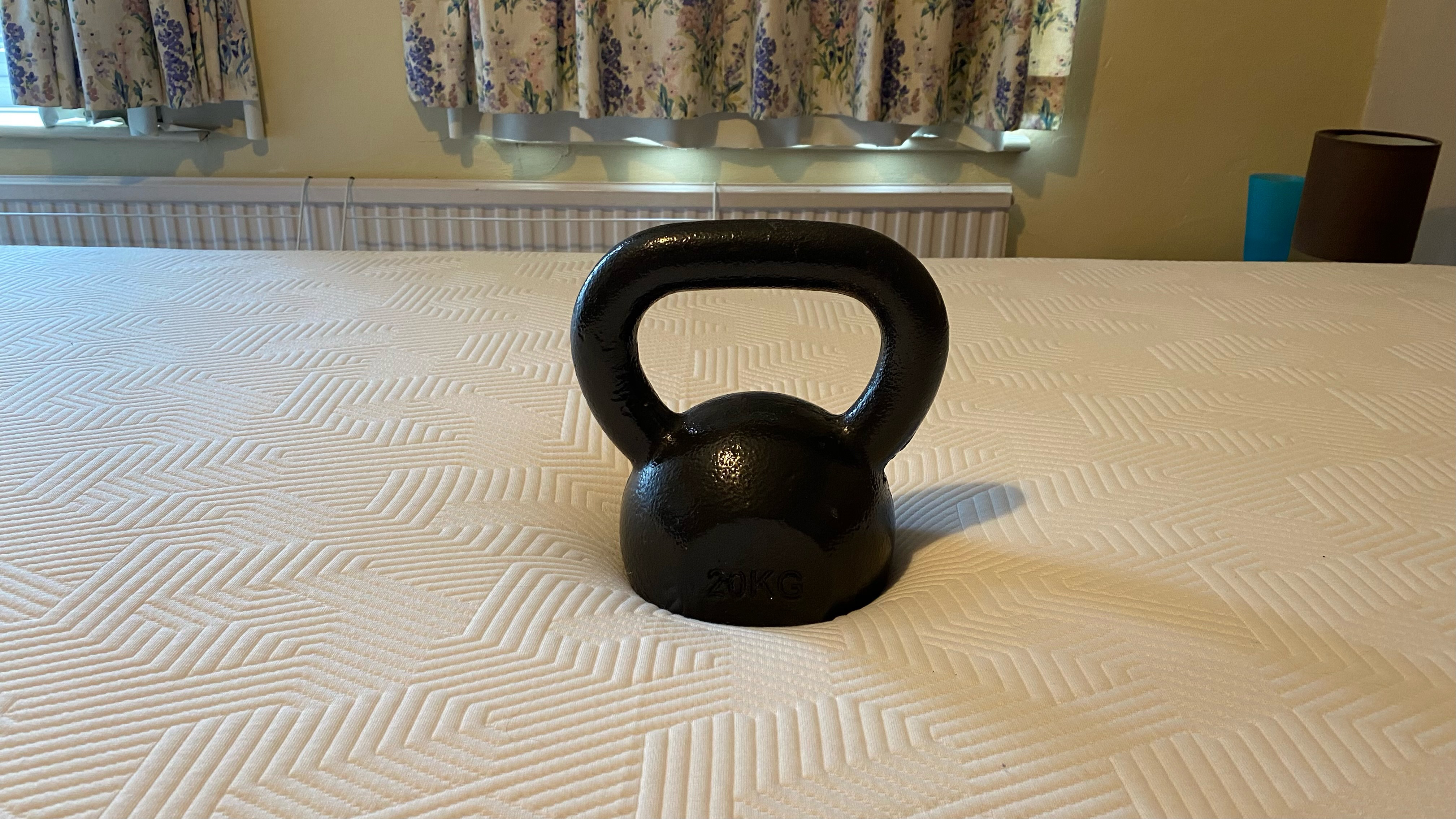
The best memory foam mattresses are an ideal choice for deep pressure relief, as memory foam contours your curves and cradles your body. Side and back sleepers will find budget memory foam mattresses comfortable, whilst stomach sleepers may find that it doesn’t give the right amount of support.
Hybrid mattresses tend to be a better choice for all sleepers although how soft your mattress choice is may have an effect on how well you sleep. You may not find as much choice in the budget price range, but there are some good options out there. A hybrid is also a better choice for heavier people weighing over 300lbs.
3. Motion isolation
Unless nothing can wake you once your asleep, you’ll need a budget mattress that offers some form of motion isolation. This refers to how well the mattress prevents movement transferring from one side of the bed to the other. Choosing a mattress without good motion isolation properties can lead to a disruptive night’s sleep.
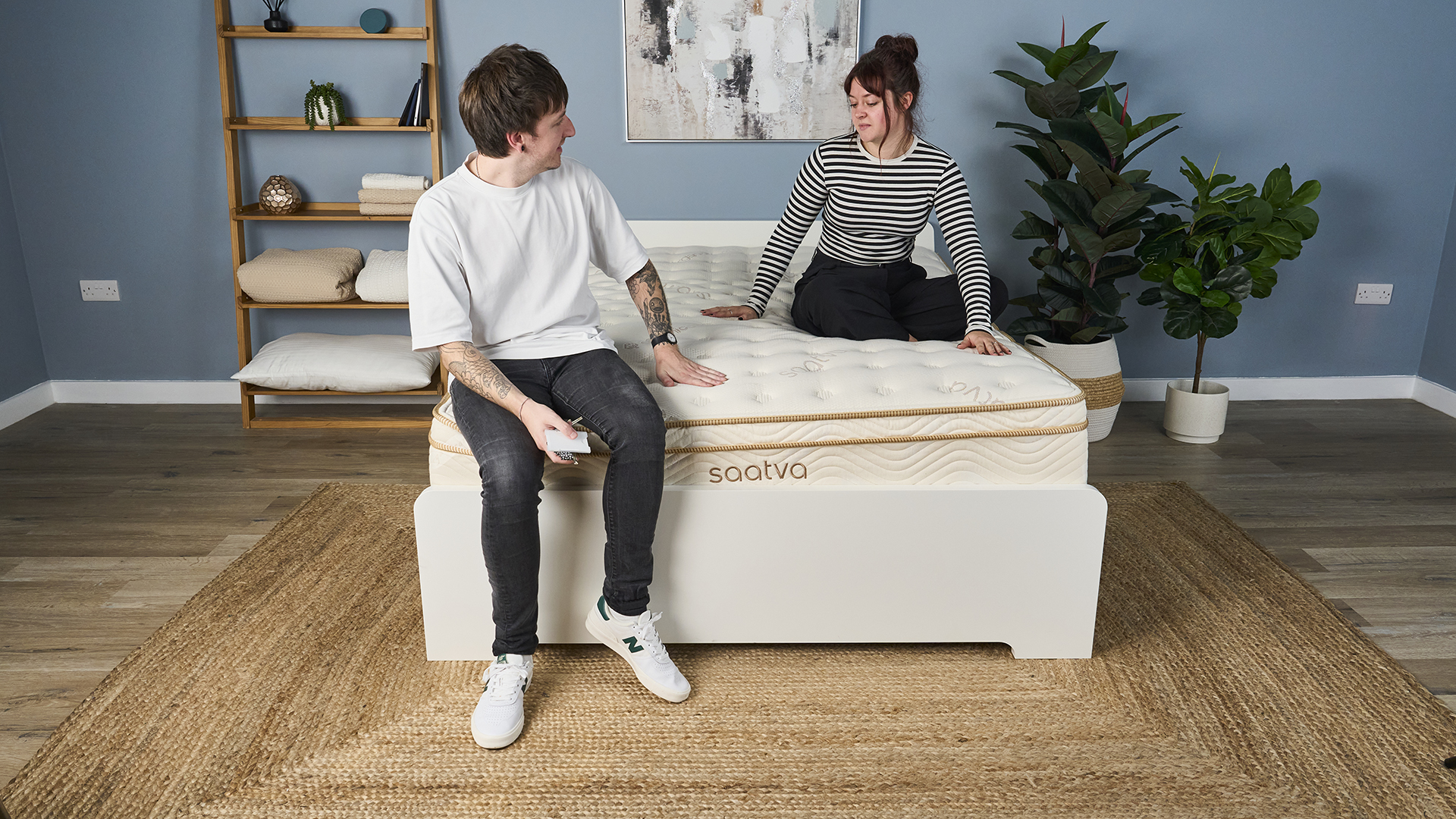
Memory foam is especially good for isolating movement, as foam conforms to your body. So if one of you moves, it doesn’t cause the same ripple effect as a hybrid or innerspring mattress would. Latex is also a good material for motion isolation but it’s highly unlikely you’ll find an affordable mattress made from latex.
If you want something with a bit more bounce, look for a hybrid or innerspring mattress where the coils are wrapped individually. This will isolate any movement to the area where the pressure is applied instead of the whole surface.
4. Sleep trial
All of this year's best mattresses in a box come on a sleep trial, ranging from 90 to 365 nights where you can try out the mattress at home, make sure it suits your sleep style and is the right mattress size, before making up your mind fully. New mattresses do take time to get used to so we recommend you try it out for at least 30 days.
In fact, some mattress brands won’t accept returns before the 30-day mark because of the adjustment period needed. Always check the small print to make sure that any mattress trial comes with free returns. A few companies, such as Saatva, charge a $99 refunds and exchange fee.
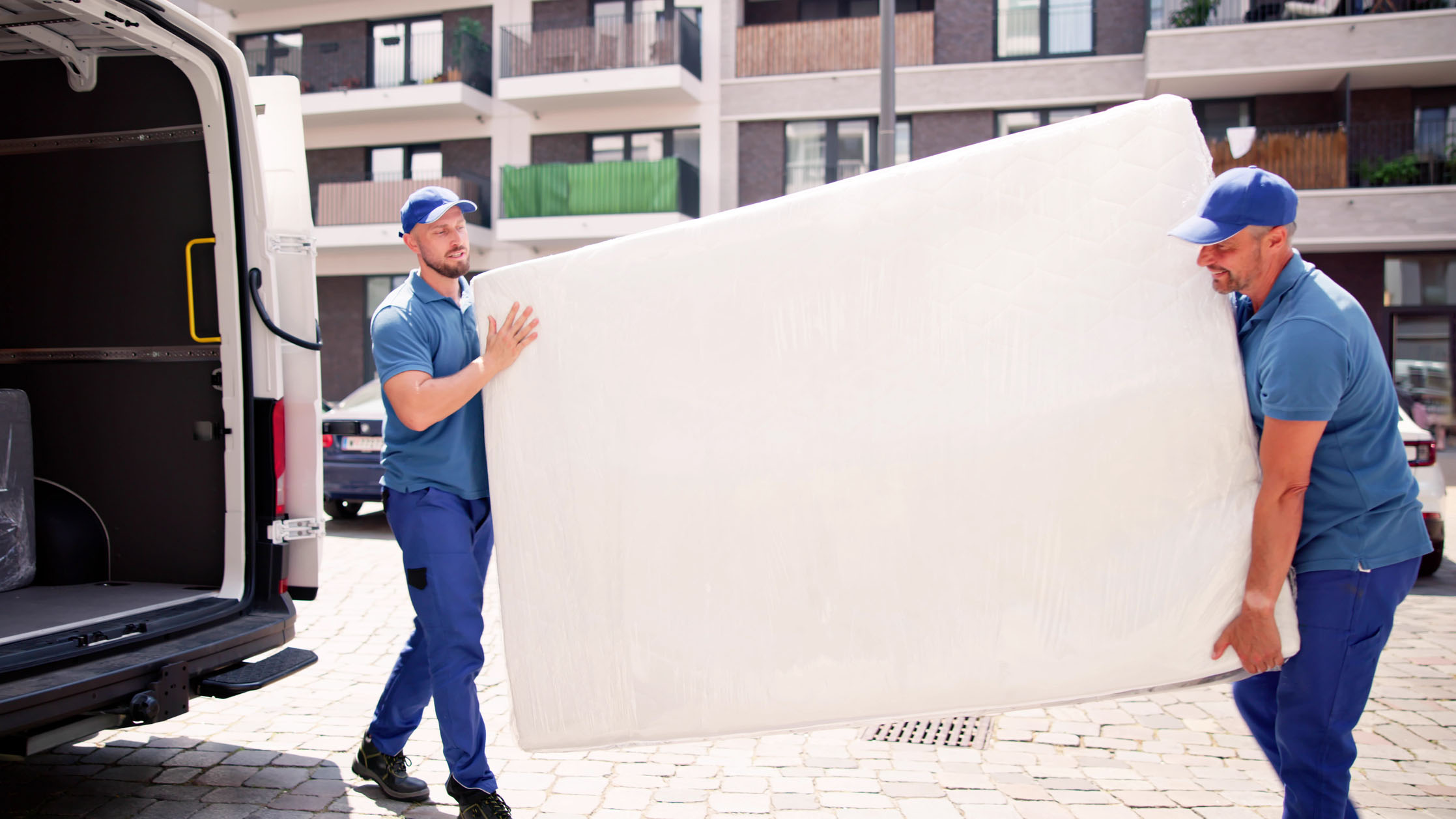
5. Warranty
A mattress warranty is just as important on an affordable mattress as it is on a more expensive option, especially since most cheap mattresses don't last as long. The length and terms of warranties differ from brand to brand, so read the fine print before purchasing your mattress so that you know what to expect.
Some companies, for example, insist on the mattress being covered by a mattress protector at all times to safeguard against spills and stains, otherwise you risk voiding the warranty. Most budget mattresses come with a three to five year warranty, with 10 years (as offered with the Siena Memory Foam Mattress) being the exception.
What’s harder to come by on a budget mattress?
Luxury features like cooling technology and organic materials are typically lacking from budget mattresses. Strong edge support is another thing we often see missing from cheap beds, though there are exceptions to the rule.
This is often down to just the simple economics of cost-cutting. Reinforcing the edges of a mattress adds to the overall cost, so budget mattresses are often made with thinner or less dense foam around the edges.
While these things might seem trivial in the face of a very cheap mattress, they can can make a difference to your sleep quality. So they're worth keeping in mind.
Durability is also harder to come by – generally speaking, because of the lower quality of the materials used in budget mattresses, they may not last as long as their pricier counterparts. So a cheap mattress might need replacing sooner, compared to the longevity of a luxury bed.
Who should buy a budget mattress?
✅ People on a tight budget: Mattresses can be very expensive and if you have other things to spend out on then it’s likely to be bottom of your list. If you don’t have a lot of money then go for a budget mattress, just because it’s cheap, it doesn’t mean that you can’t find one that is good quality.
✅ Those buying for a guest room: If you don’t have that many visitors then why splurge on an expensive mattress? A budget mattress is perfect for guest rooms.
✅ Students or those buying for a first home: A budget mattress can still give you the support and comfort you need for a good nights sleep without breaking the bank. Plus, it’ll last long enough for you to save up for a new one.
Who shouldn’t buy a budget mattress?
❌ People with chronic pain: If you have chronic pain including back or joint pain then you’re going to need a higher-quality mattress that offers targeted support.
❌ Side sleepers: Budget mattresses tend to be firmer and don’t have the same comfort layers as more expensive versions. If you’re a side sleeper you may find that a budget mattress puts uncomfortable pressure on your hips and shoulders.
❌ Anyone who wants a long term mattress: We always say that mattresses are investments, so if you’re looking for one that will last you years, a budget mattress isn’t wise. Cheap beds may save you money in the short-term, but most of them (with a few exceptions) will need replacing sooner.

Rachael is a freelance journalist based in South Wales who writes about lifestyle, travel, home and technology. She also reviews a variety of products for various publications including Tom’s Guide, CreativeBloq, IdealHome and Woman&Home. When she’s not writing and reviewing products she can be found walking her Sealyham and West Highland terrier dogs or catching up on some cringe-worthy reality tv.
